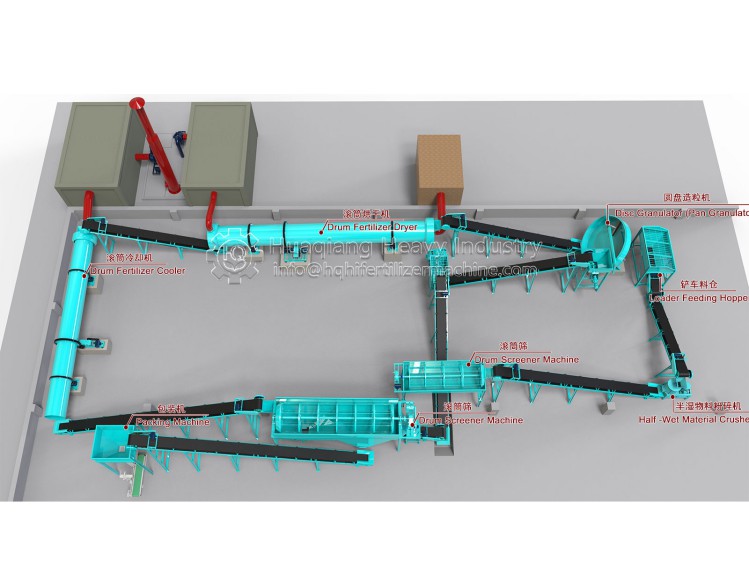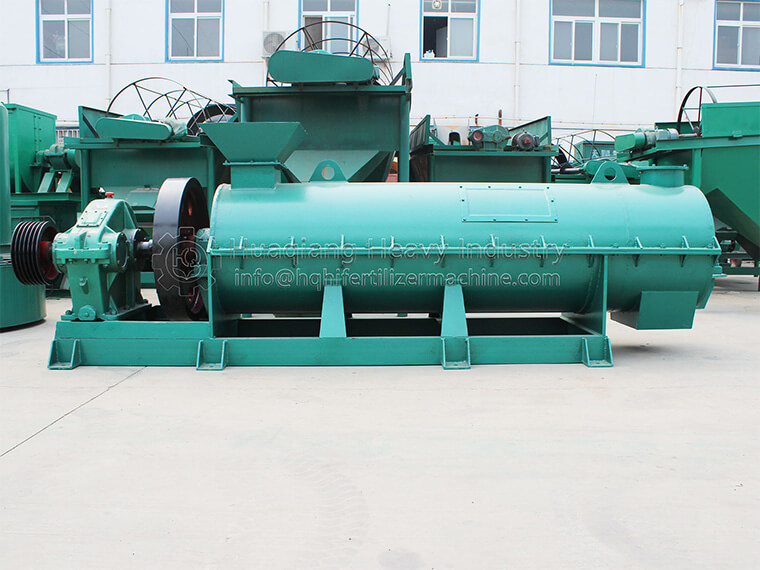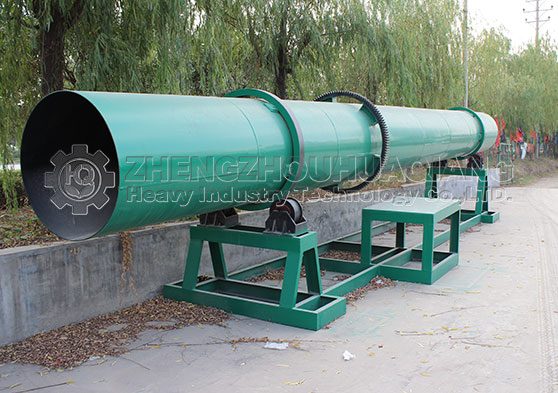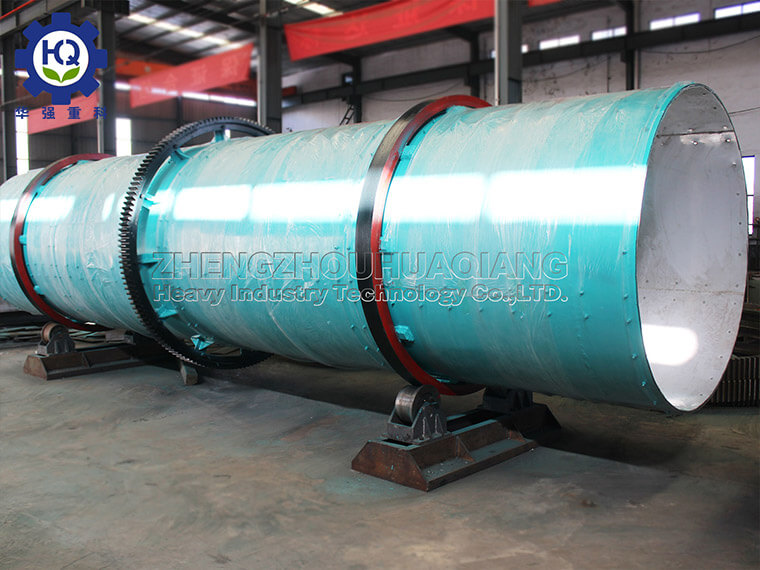The Use of Organic Fertilizer Drying Equipment in Chicken Manure Fertilizer Production Line
Chicken manure organic fertilizer dryer, usually wet wall phenomenon in the usual processing process, the reason for the wet wall phenomenon is that some raw materials stick to the inner cavity of the dryer cylinder, and then harm all the normal productivity of the organic fertilizer production line, so how to reasonably deal with this phenomenon? The key reason for the sticky wall of the chicken manure organic fertilizer dryer equipment is that the actual effect of the atomization of the equipment is not good. Because the actual effect of the atomization of the chicken manure organic fertilizer dryer equipment is not good in the whole drying process, if the equipment is atomized, a lot of fine particles may be produced in the barrel. Fine particulate matter reduces the drying speed and quality of raw materials during the whole drying process. Second, in the process of processing the cyclone on the chicken manure organic fertilizer dryer equipment caused by sticky wall is also a certain harm.
A section of secondary granulation area is set at the front of the organic fertilizer dryer, in which the materials can realize secondary granulation. Then the materials are lifted up through the lifting plate and fully dried. The wet hot air is extracted from the tail of the dryer through the exhaust fan through the pipeline and enters the sedimentation chamber for sedimentation. The tail gas is sprayed to reduce dust through the washing tower after sedimentation. The spray water is pumped out by the water pump for recycling. After secondary dust reduction treatment, the tail gas is discharged into the atmosphere through the chimney. Reasonable treatment of the wall sticking phenomenon of chicken manure organic fertilizer drying equipment not only can improve the productivity of organic fertilizer equipment, but also can carry out certain maintenance of the equipment and improve the service life of the equipment. Therefore, after the purchase of equipment, we must have a certain grasp of the proper actual operation of the equipment, and only understand how to correctly and reasonably apply the organic fertilizer equipment can reasonably carry out production and manufacturing according to the production plan, which can reasonably save the production and manufacturing time, and also have a certain proactive effect on the use period of the equipment.
.jpg)



.jpg)


.jpg)
